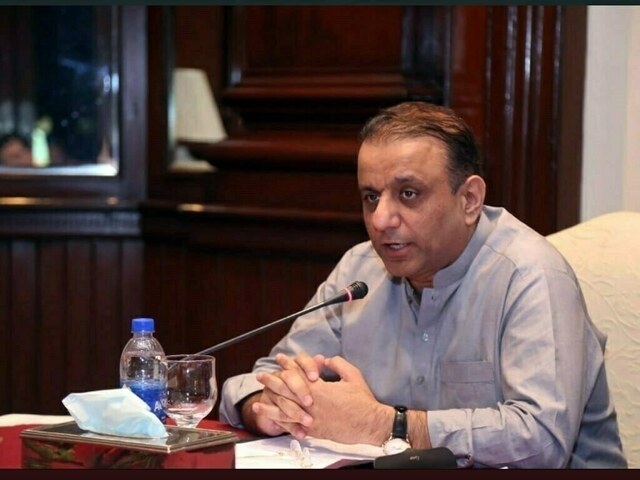
Analysts suspect, and authorities have implied, that Russia is behind the overflights, as part of a strategy to probe Europe’s preparedness, sow division, and unsettle the public.
The last part, at least, seems to be working. Leaders from the 27-nation European Union met Wednesday in Copenhagen amid greater security than usual to discuss defense and the war in Ukraine. The public anxiety in Denmark over the drone incursions shows how the zone of concern over Russia is steadily growing and how a conflict that once felt far away all of a sudden can feel close.
“We’ve seen a crazy increase in sales,” said Valdemar Badsted, a salesperson at Wolf Tactical, a military surplus shop in Copenhagen. “People are getting worried about war.”
At Wolf Tactical, sales of freeze-dried camping food have shot up by 400 percent, its owner said. Danish news outlets have reported that at other stores, there’s been a run on emergency rations, emergency radios, rice, and canned mackerel, too. The Danish public broadcaster just put out a story, “How to talk to your child about drones and hybrid attacks.”
And Denmark is not alone. Since Sept. 22, Norwegian authorities detected unknown drones in their airspace, too, and briefly shut down Oslo’s airport. The police in Sweden are investigating reports of drones buzzing a Swedish naval base.
All this has uncapped something like a UFO craze across Scandinavia.
Police hot lines in Denmark, Sweden, and Norway have been besieged by concerned citizens calling in false alarms that turned out to be small planes, industrial lights, or just stars on an especially clear autumn night. The authorities have been overwhelmed, which might just be the intention.
In the past few weeks, Russian jets also crossed provocatively into NATO airspace in Estonia and Russian drones flew into Poland, where they were shot down.
Denmark would be another logical place for Russia to antagonize, analysts say. It has been one of the most critical European voices against Russia and one of Ukraine’s strongest supporters; it’s a founding member of NATO; and its defenses are weak.
Peter Viggo Jakobsen, a professor at the Royal Danish Defense College, drew comparisons to Theodore Roosevelt’s old maxim on diplomacy: Speak softly and carry a big stick.
“Denmark has been doing the opposite,” Jakobsen said. “Denmark is screaming its head off — and we don’t have any stick.”
The government of Mette Frederiksen, Denmark’s prime minister, has boosted military spending, including on long-range precision weapons. Still, many Danes feel their country hasn’t taken its defense seriously enough.
“We’ve been able to just put on an answering machine that says, ‘We’re on a break, just come on in,’” said Abildgaard, who spotted the drones whizzing around last week.
He considered it “absurd” that a team of crack drone experts from Ukraine, which is fighting a real drone war against Russia, had to come to Denmark to offer help — when normally it is Europe helping Ukraine.
Danish officials have conceded that they couldn’t track the drones either coming into their airspace or leaving it, and that they don’t have ground-based air defense systems to intercept them. And they said that shooting down drones in urban areas could be dangerous; in Ukraine people have been killed by the falling wreckage.
Frederiksen implied Russia was behind the incursion but wouldn’t quite come out and say it.
“Our authorities haven’t concluded on that question, but when I look at what’s going on around Europe, I don’t think we can see this situation in Denmark disconnected from that,” Frederiksen said in an interview. “And unfortunately, Russia plays a very negative destructive role.”
How to address this is bedeviling not only her, but other European leaders, who say they want to build a “drone wall” of overlapping radar stations and air defense units.
But drones fall into an airspace gray zone. Military detection systems are built for bigger objects such as jets or missiles. Civilian airports mainly monitor airplane traffic. And police forces are not equipped for drone threats.
“That makes this such a scary question,” said Katja Bego, a security analyst at Chatham House in London. “It’s quite accessible technology and it’s pretty hard to stop.”



